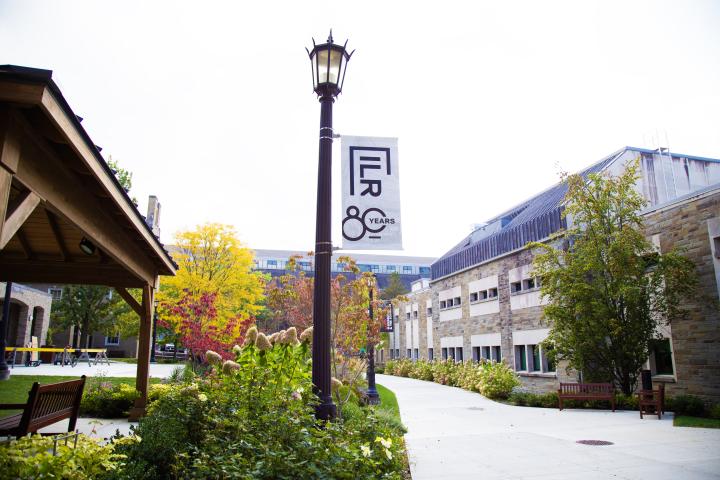
Loving and Loathing
Workers love being at the top of the performance scale and will do their best to stay there. Employees dread being at the bottom of the scale and will scramble mightily to ascend.
New findings by ILR Assistant Professor Victoria Prowse, a labor and experimental economist, and other researchers suggest that ranking determines employee effort.
Workers at the far ends of the performance bell curve try harder; workers in the middle put in less effort, according to the research.
“First-place loving and last-place loathing: How rank in the distribution of performance affects effort provision” was published this month.
The authors are David Gill of the University of Oxford; Zdenka Kissová of PricewaterhouseCoopers; Jaesun Lee Ph.D. ’16, a doctoral student in the Cornell Department of Economics, and Prowse.
Despite popular use of worker ranking by employers worldwide, there has been little consensus on how workers respond to this type of feedback until now, Prowse said.
“Bonuses, promotions, performance appraisals and symbolic awards often depend on how well employees rank relative to similar workers in the firm. It is important to know what effect this feedback has on those receiving the news.”
“Our research finds the specific rung that someone is on in the ranking ladder determines how much effort they put in afterwards. Findings suggest ranking is particularly effective in incentivizing individuals who put in very good or very poor performances at work.”
The research was based on experiments with 300 Oxford students divided into groups of 17, then assigned three-minute numerical and verbal tasks, and ranked on their performances.
Top performers reacted to their scores by increasing effort by up to 35 percent, relative to mid-ranked performers, who reacted to scores by lowering efforts by 11 percent.
Students receiving the lowest scores subsequently increased effort by 12 percent, compared to the average effort.
Employers hoping to reap the full benefit of rank-based performance feedback might consider creating small comparison groups, she said.
That adjustment would statistically reduce the number of workers in the middle of the pack and maximizeing the number of workers receiving the most positive motivational feedback.
The research team hopes its findings will help improve the design of transparency policies in public disclosure of hospital, school and university rankings, she said.
“Our findings raise questions about desirability of putting income tax records in the public domain, because this provides people with very detailed information about how they stack up against their neighbors, friends and co-workers.”
“Income tax returns are already publically disclosed in some Scandinavian countries, and our results suggest that people’s behavior will be affected by this information, particularly the behavior of the poorest and richest.”


